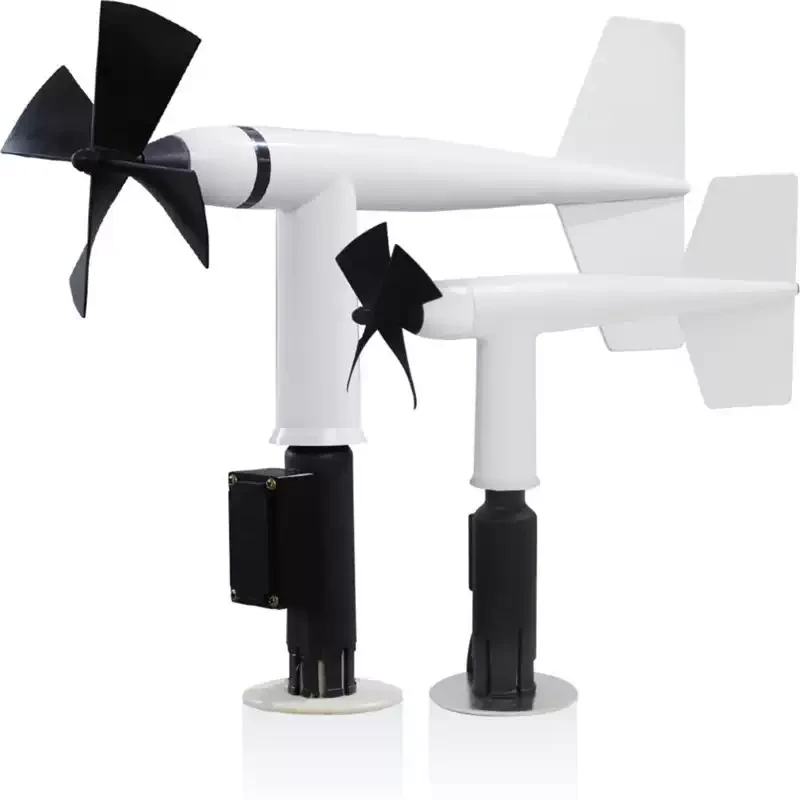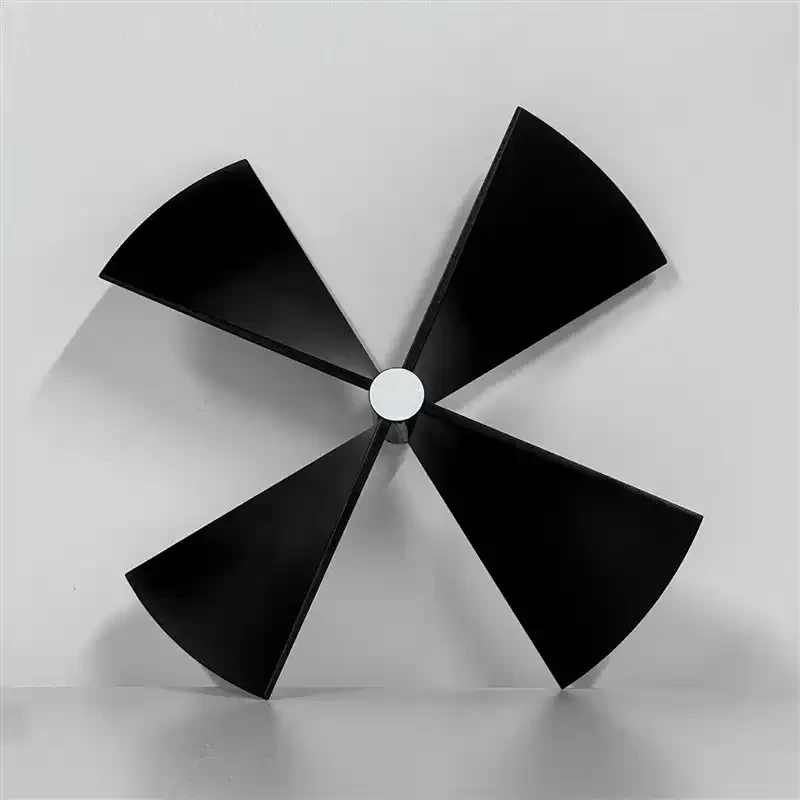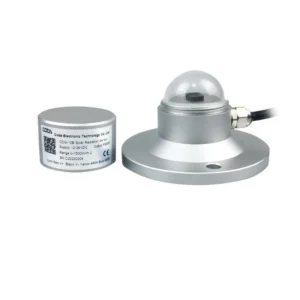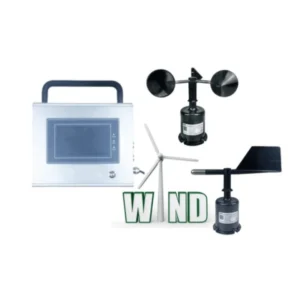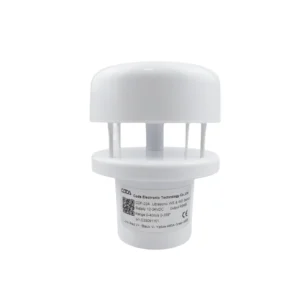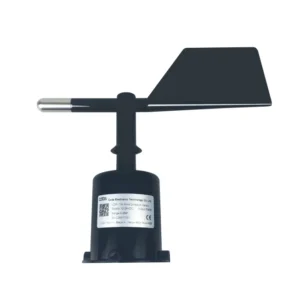Description
CDF-18A Propeller Wind Speed And Direction Sensor
The CDF-18A Propeller wind speed and direction sensors have a few main parts. These parts are a propeller, a mast, a sensor housing, and an internal sensing mechanism. The propeller is made from lightweight and strong materials, such as aluminum or high-performance plastics.
It has blades that are shaped to catch the wind’s energy. This helps the propeller spin with the wind. The mast holds the propeller and keeps it at the right height.
The sensor housing is made from strong materials that can withstand weather. It holds the electronic parts that measure and process wind data.
Meteorology:
◉Propeller sensors are important tools in weather stations around the world. Meteorologists use the data from these sensors to study wind patterns. This information is vital for weather forecasting, climate research, and understanding how the atmosphere moves.
Aviation:
◉In airports, these sensors give real-time information about wind speed and direction to pilots. This data is crucial for safe take-offs, landings, and navigation during flights. It helps pilots make smart choices to keep passengers and crew safe.
Renewable Energy:
◉Wind farms use sensors to measure wind speed and direction. This helps them run wind turbines better. By watching the wind conditions closely, operators can change the direction and speed of the turbines. This way, they can produce the most energy possible.
Sensor News
What is the Automatic Weather Station ? | CODA Sensors
Comprehensive Guide To Resetting Your Accurate Weather Station
How Do Wind Sensors Operate? | CODA Sensors
The Key Functions and Application of Automatic Weather Stations
